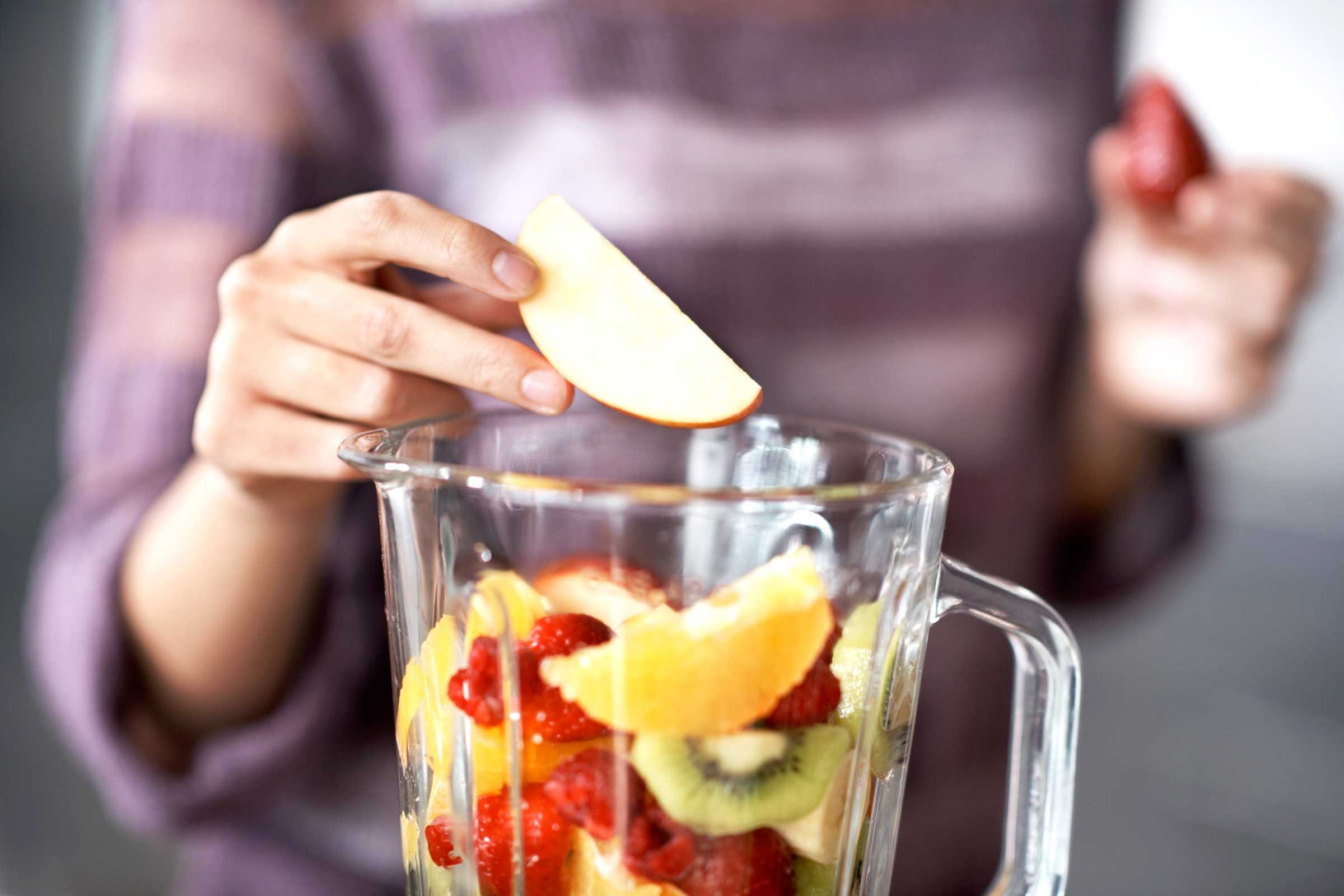
The little upside of fad diets
You begin a trendy diet to drop insta-weight, only to gain the weight back (and—ugh!—more) not long after. This, of course, is why these types of diets are prefaced by the word “fad”—they’re not always backed by sound science, they can be unproven for long-term weight loss, and they often make people go to silly extremes to achieve temporary success (read: The Cookie Diet). But the truth is that many of these plans are based upon a healthy eating principle taken to an unhealthy extreme. And pilfering some of the weight loss tips from these diets might help you shed pounds. Here’s how.
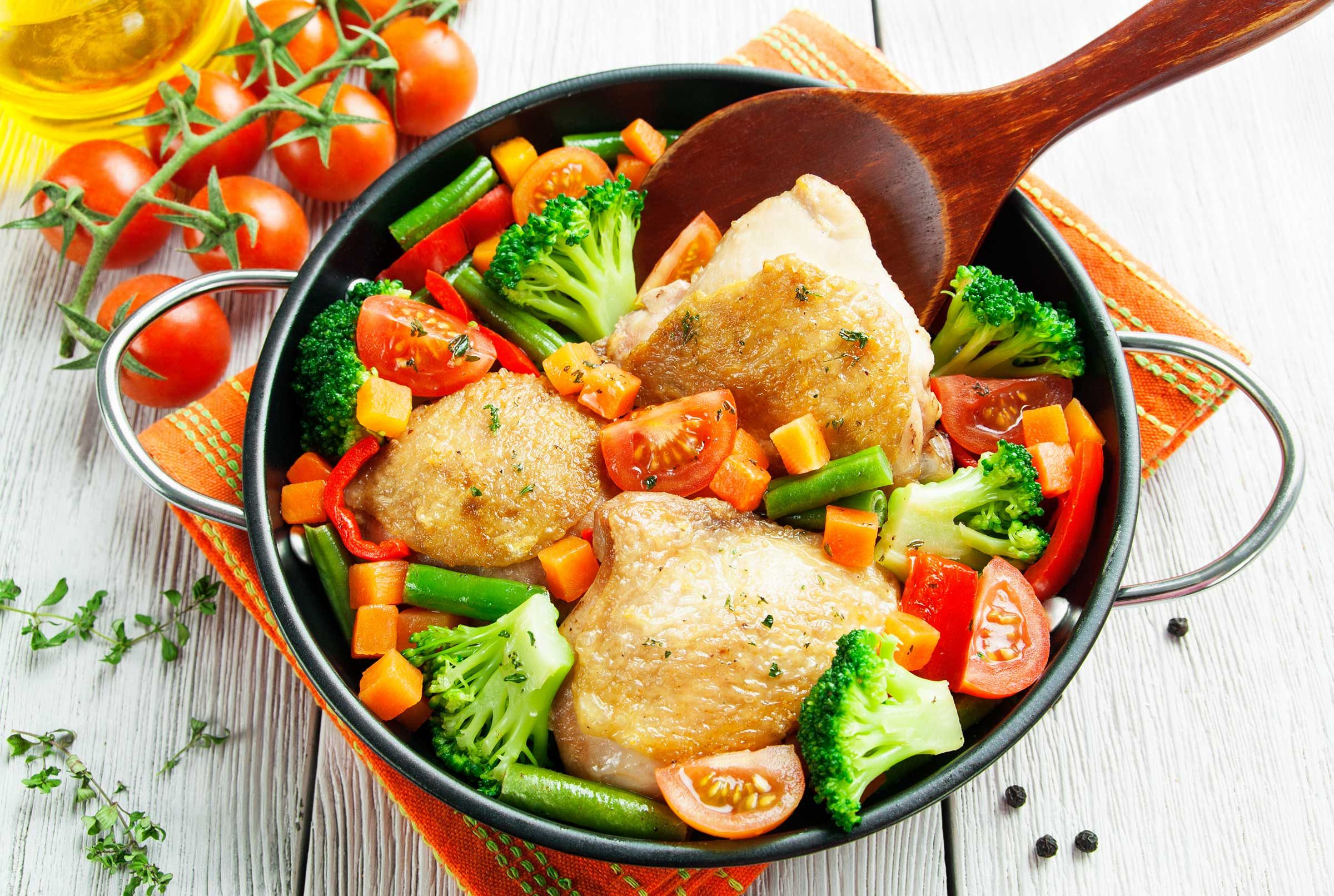
Paleo: Limit processed foods
A Paleo-style diet is based on the theory that if cavemen didn’t eat it, we shouldn’t eat it, either. A Paleo diet typically includes lean protein (fish, meat), produce, nuts, and seeds. “The plan is restrictive, cutting out grains, legumes, dairy, and refined sugar; potentially pricey; and encourages the concept of cheat meals,” says Amy Gorin, MS, RDN, a dietitian in Jersey City, New Jersey. On the plus side, Paleo emphasizes foods with a high nutrient density and water content, such as vegetables and fruits, which increase satiety.
Weight-loss tip: That adage about avoiding foods your grandparents wouldn’t recognize? Take it to heart. Why take a gamble on foods containing titanium dioxide or brominated vegetable oil (even if they are considered safe) when you can choose “wild-caught Alaskan salmon”? Don’t miss these gross food ingredients you didn’t know you were eating.
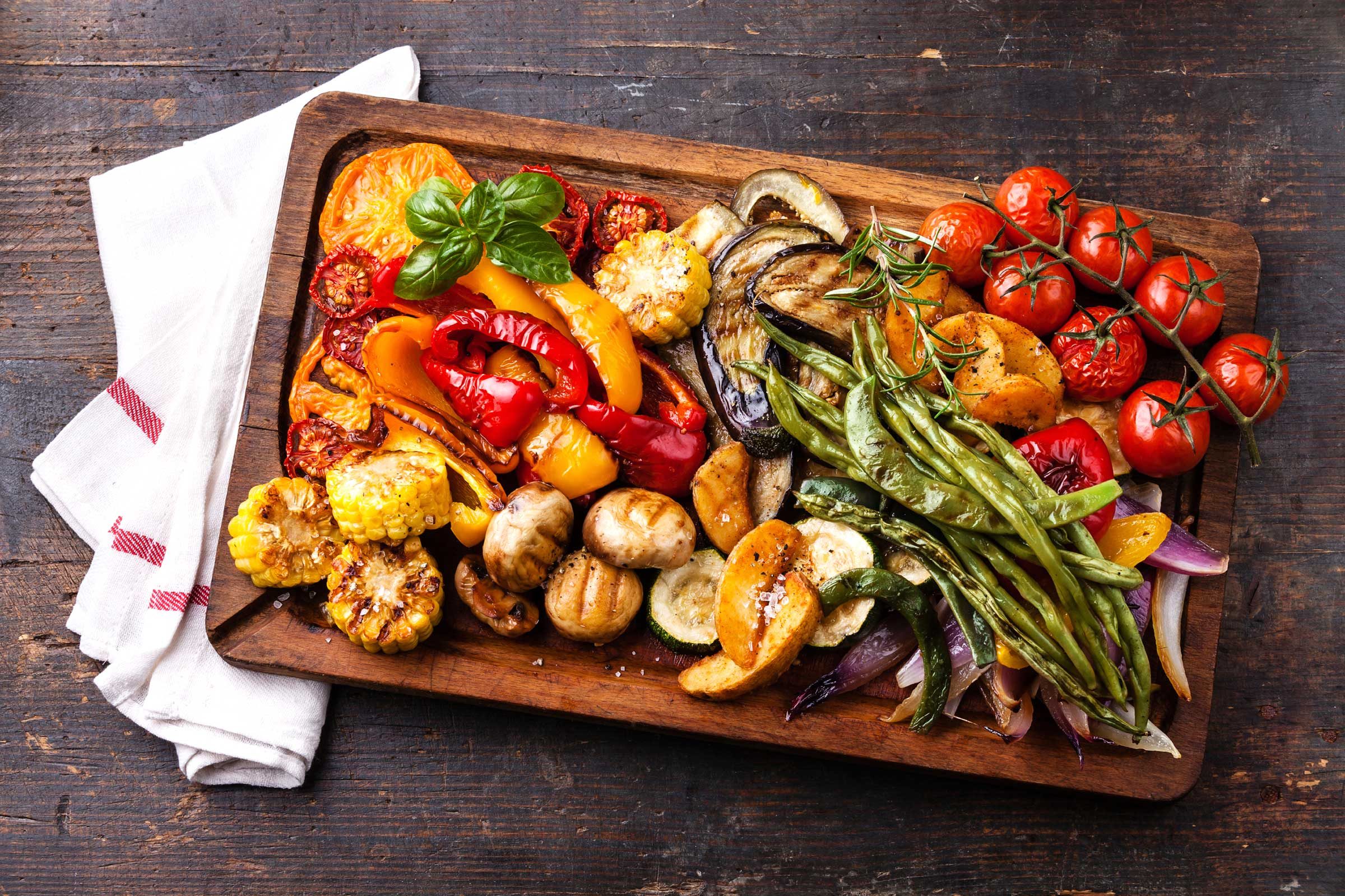
Alkaline Diet: Load up on produce
The alkaline diet proposes that some foods, like meat, wheat, refined sugar, and processed foods, cause your body to produce acid, which may lead to inflammation and even cancer. “This diet cuts out health-supportive foods like organic dairy, eggs, and fish,” says Kayleen St. John, MS, RD, director of nutrition at the Natural Gourmet Institute in New York City. “Also, there is little research to back up the claim that the purported ‘acidic’ foods are unhealthy.”
Weight-loss tip: The alkaline diet is packed with produce. To up your veggie intake, get creative. Make zucchini noodles via a spiralizer, craw Pinterest for the latest veg-only recipes, or add leafy greens to your morning smoothie. Try these tricks to eat more veggies without even trying.
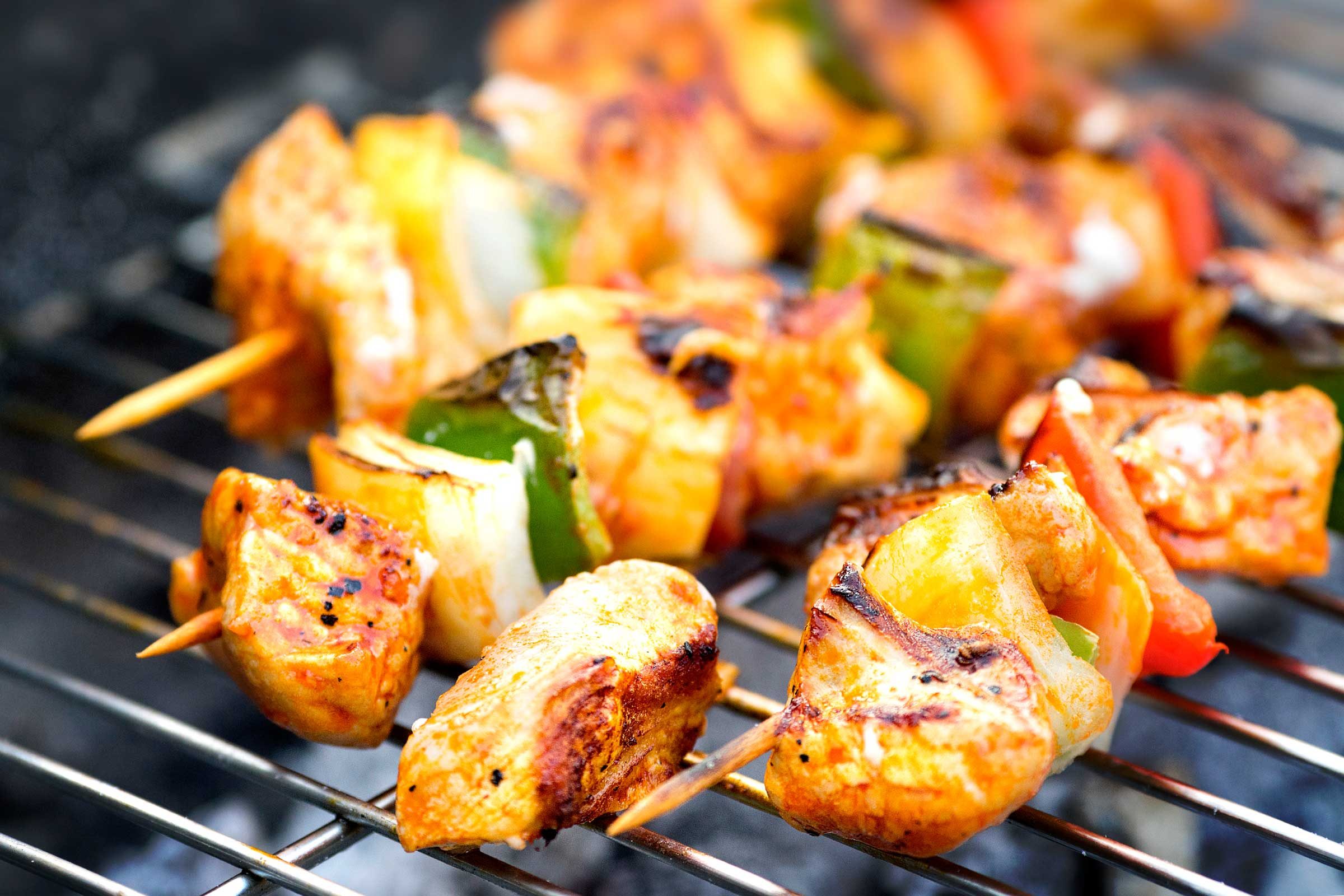
Zone Diet: Eat balanced meals
The Zone Diet’s premise: Achieve proper hormone balance and keep your blood sugar stable by eating foods at every meal in these proportions: 40 percent carbs, 30 percent protein, and 30 percent fat. The diet is calorically restrictive—1,200 for women and 1,500 for men each day—so the majority of weight loss is due to calorie and carbohydrate restriction, explains St. John. The diet may be difficult to follow in the long term, she notes.
Weight-loss tip: That said, eating balanced meals that include some combo of fiber-rich carbohydrates, healthy fats, and lean protein (even if not in exact Zone proportions) can help achieve better blood glucose levels and promote weight loss. Add a fiber-rich sweet potato to your nightly fish or chicken dinner, or a serving of healthy fats from avocado and nuts to your veggie-packed salad.
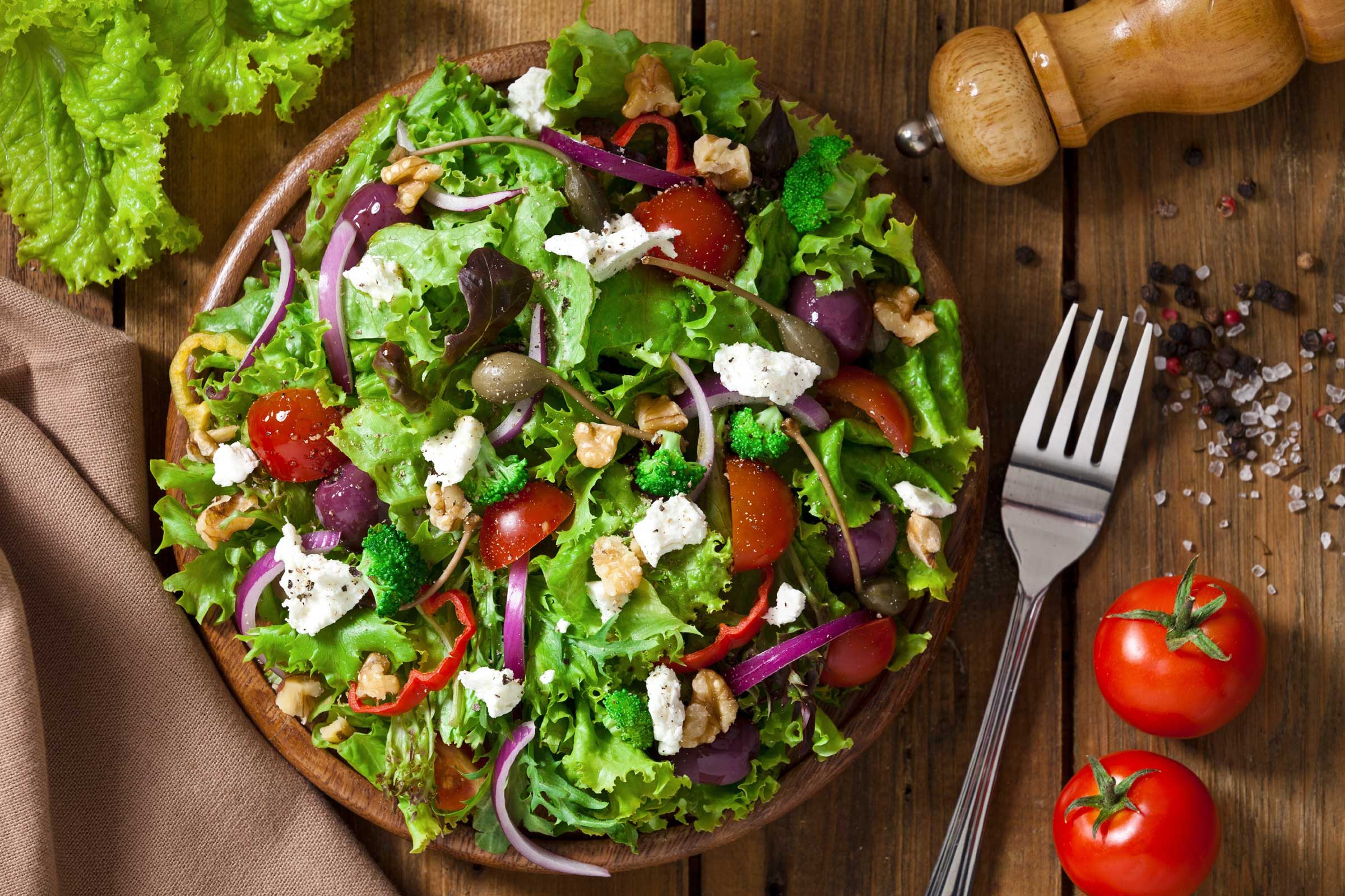
Macrobiotic: Choose organic, locally grown foods
The basic tenet of macrobiotic eating is that whole foods contain energy that will be transferred to the body, often via a vegetarian menu of organic and locally grown whole foods with an emphasis on whole grains and produce. “Lots of planning is usually involved… to meet all of the macrobiotic recommendations and serving sizes,” St. John. The diet limits dairy, eggs, poultry, and meat.
Weight-loss tip: Get on the macrobiotic diet’s whole food bandwagon. Whole foods are loaded with vitamins, minerals, phytochemicals, antioxidants, probiotics, fiber, essential fatty acids—the list goes on—to help you stay energized and healthy. Research shows those who stick with whole foods tend to have less weight gain over time than those who don’t.
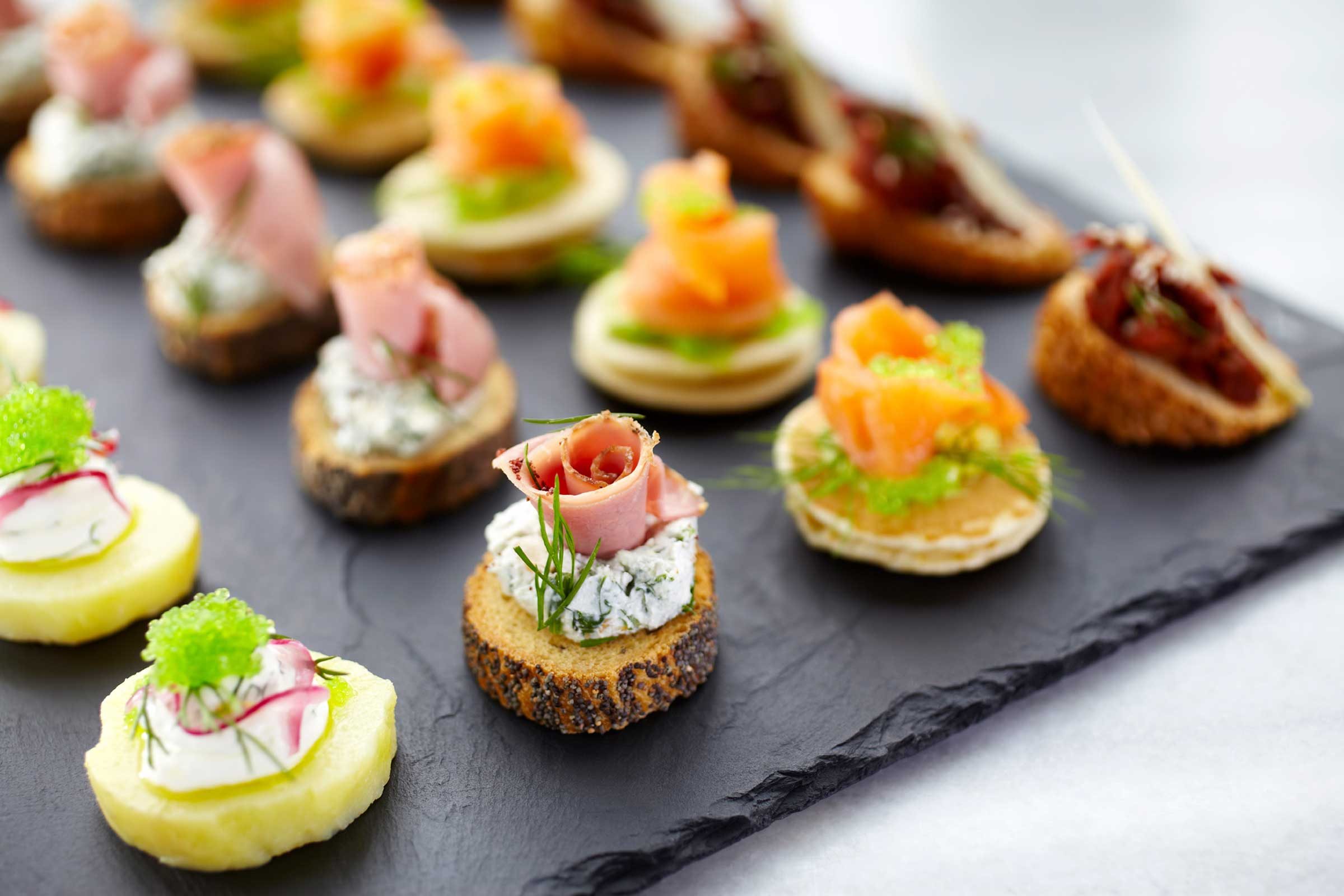
Five Bite Diet: Eat mindfully
This diet, created by Dr. Alwin Lewis, is based upon restricting food intake for weight loss. But instead of counting calories, you count bites. This diet likely provides less than 800 calories daily, says Gorin, who adds: “Consuming such a low amount of calories is dangerous to your health and can harm your metabolism.” Additionally, the Five Bite Diet has rigid rules (skipping breakfast, eating just five bites of lunch and dinner, and drinking as many calorie-free beverages as you’d like) and can make you deficient in key nutrients.
Weight-loss tip: Take a page from the diet’s approach to portion control. Sticking to just a few small bites of a food you really crave—instead of mindlessly eating large portions of “diet” foods—can help achieve or maintain a healthy weight. Want that triple chocolate cake for dessert? Savor a few decadent nibbles, then rely on coffee and sparkling water to fill you up. Try these mindful eating tips to cut calories without trying.
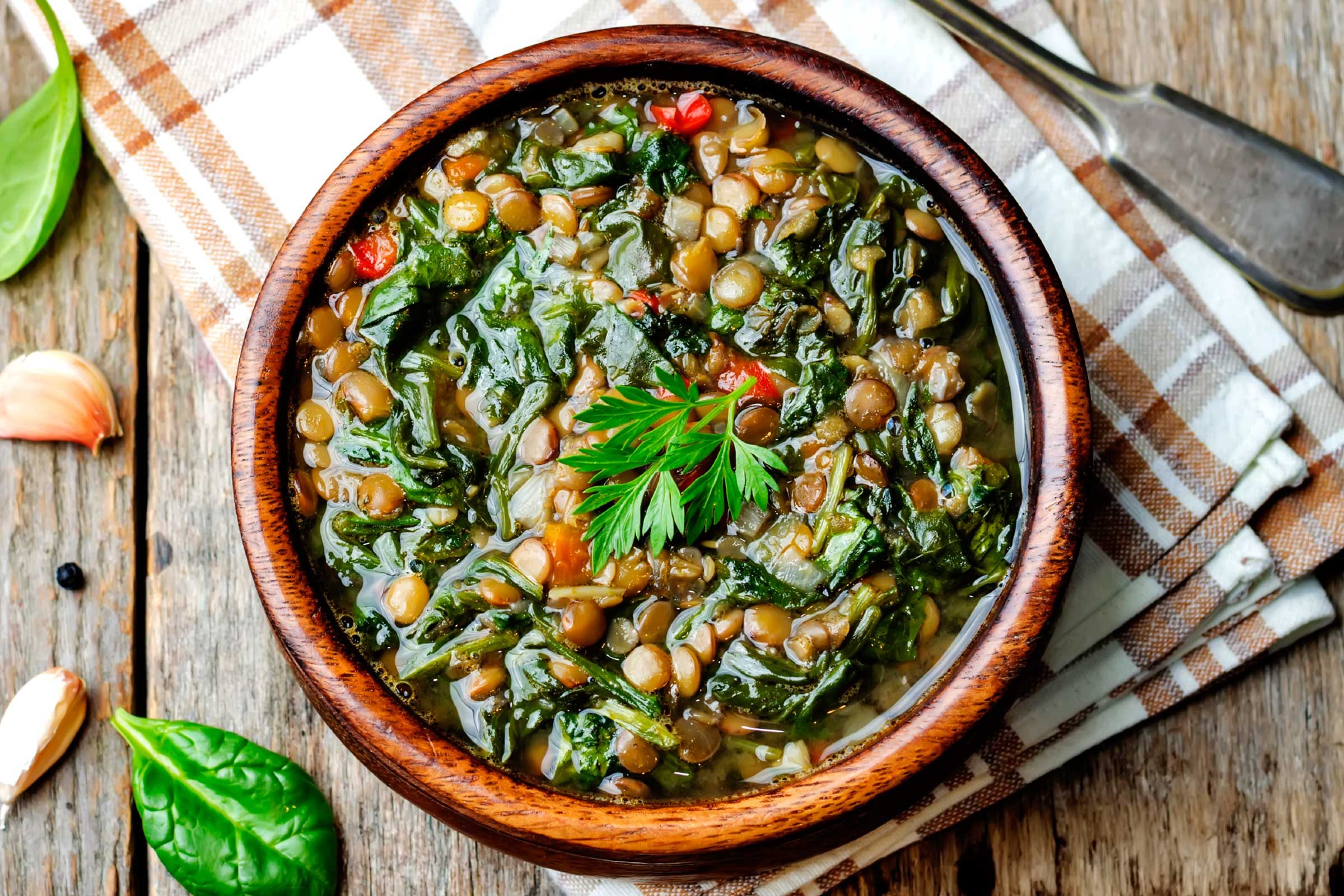
Volumetrics: Pick filling foods
Created by nutritional sciences professor Barbara Rolls, PhD, Volumetrics is founded on the principle of eating food high in volume and nutrients—but not calories—to promote fullness. Low-calorie, nutrient-rich foods include vegetables, fruit, and puffed grains like popcorn. Volumetrics isn’t a fad diet, per se: It was developed after years of clinical scientific research. However, it requires preparing a lot of meals, which can make it tough for the time-challenged.
Weight-loss tip: Start each meal with a soup or salad. “Eating volume-rich foods helps fill you up, decreasing your hunger level,” says Gorin. Over time, you retrain your brain to recognize which foods go a long way to quell your hunger and swap them for those that don’t.